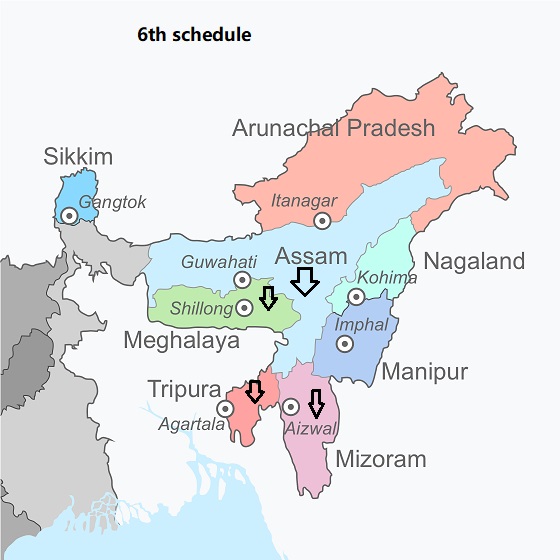The Trace Gas Orbiter (TGO) is an atmospheric research orbiter that was launched to Mars as part of the European-led ExoMars mission, a collaboration between the European Space Agency (ESA) and the Russian Roscosmos agency. Its primary objective is to gain a better understanding of methane and other trace gases present in the Martian atmosphere that may indicate life activity.
TGO delivered the Schiaparelli lander on October 16, 2016, however it crashed into the surface due to an early parachute release. In March 2017, TGO began aerobraking to lower its initial orbit to 200 x 98,000 km.
Aerobraking was completed on February 20, 2018, and the orbiter was placed in a circular “science” orbit of 400 km.
What exactly is Trace Gas Orbiter (TGO)?
The Trace Gas Orbiter (TGO) is a spacecraft that is part of the ExoMars project of the European Space Agency (ESA). It was launched in 2016 and reached Mars in October of the same year.
What is the main target of Trace Gas Orbiter?
The primary goal of the Trace Gas Orbiter is to look for traces of gases in the atmosphere of Mars that may indicate active geological or biological processes.
How does the Trace Gas Orbiter of Mars identify and analyze trace gases?
The Trace Gas Orbiter includes a suite of scientific instruments including the Atmospheric Chemistry Suite (ACS) and the Nadir and Nadir for Mars Discovery (NOMAD), which assist in the exploration and research of the atmosphere of Mars. It focuses on trace gases, such as methane, that may reveal information about past or contemporary life on Mars.
What are the main components of the Trace Gas Orbiter?
The major instruments on the Trace Gas Orbiter are the Atmospheric Chemistry Suite (ACS), which consists of three spectrometers, and the Nadir and Occultation for Mars Discovery (NOMAD), which consists of three spectrometers and a camera. These instruments help determine the composition, temperature and composition of the Martian atmosphere.
What are some of the discoveries of the Trace Gas Orbiter?
Since arriving at Mars, the Trace Gas Orbiter has made remarkable discoveries. This has produced important information on the distribution and seasonal changes of trace gases in the Martian atmosphere, in particular methane. The mission has also improved our understanding of Mars’ water cycle and provided fresh information about the planet’s temperature.

About the Author
Manish love to write and he is a Civil Servant. Users can follow Manish on Instagram 
From Sunlight to Sugars: The Miracle of Photosynthesis
What is photosynthesis? Photosynthesis is the process through which plants, algae, and some microorganisms use…
मुजफ्फरपुर बमकांड : खुदीराम बोस और प्रफुल्ल चाकी
मुजफ्फरपुर बमकांड क्रांतिकारी भारतीय राष्ट्रिय आंदोलन का एक अहम अध्याय है की कैसे कम उम्र…
How the Industrial Revolution Changed the World
The term “Industrial Revolution” describes the transition from an agrarian economy to a factory-based and…
आमिर खुसरो [Amir Khusrau]
आमिर खुसरो (Amir Khusrau) मध्यकालीन भारत में एक ऐसे विशेष व्यक्तितव है जो अपनी शानदार…
प्लैंक लंबाई (planck length) क्या है ?
प्लैंक लंबाई (Planck length) भौतिकी में लंबाई की एक मौलिक इकाई है। प्लैंक लंबाई को…
संविधान की 6वीं अनुसूची क्या है [6th schedule]
संविधान का 6वीं अनुसूची (6th schedule) असम, मेघालय, मिजोरम और त्रिपुरा के आदिवासी क्षेत्रों के…






